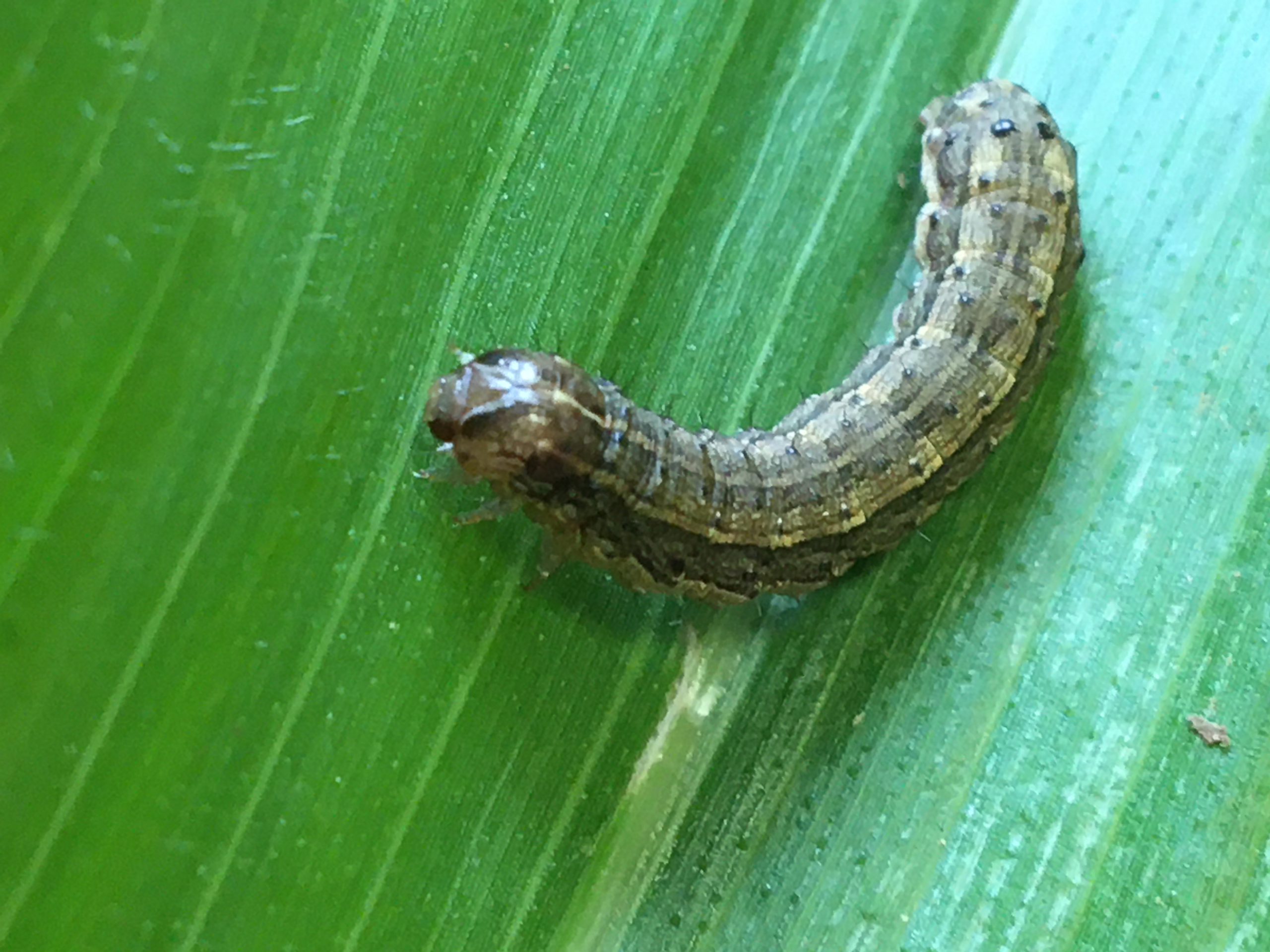NSW Farmers president James Jackson says a sensible approach is needed to manage the Vic…
Fall armyworm is coming, so be prepared

Fall armyworm (Spodoptera frugiperda), an exotic and invasive pest that has the capacity to rip through up to 11 crop types, was first spotted in the northern reaches of Australia in February this year and ever since it’s been steadily heading south on the prevailing winds.
Eradication is impossible so defence is the next best strategy to help farmers defend their crops.
To help with this a 75-page reference guide and a podcast series are now available to help farmers defend their crops against fall armyworm by managing potential risks.
The initiative was funded by the Grains Research Development Corporation and was led by sustainable agriculture research organisation, cesar, with project partners Plant Health Australia (PHA), Centre for Agriculture and Bioscience International and the Queensland Department of Primary Industries.

PHA National Manager for Preparedness and RD&E Stuart Kearns said as the pest is so new to Australia, information and experience from overseas was used to create the material.
�We have sourced knowledge from around the world to develop a new reference guide on the pest, together with a series of podcasts, that will help industry manage the invasive moth species,� Mr Kearns said.
�The information assembled includes how to scout for and recognise the pest, its lifecycle and biology, estimated areas at risk, and management practices that will help to limit the damage it causes.�
Podcast series also available
A series of podcasts – each running for 30 minutes – is also part of the set of resources to help farmers defend their crops against fall armyworm.
The podcasts are aimed primarily at agronomists and growers and will prepare farm businesses for potential impacts.
The podcasts were funded by Plant Biosecurity Research Initiative (PBRI) members and produced by PHA. They are accessible through the PBRI website and also through Apple Podcasts, Google Podcasts, Spotify and Fireside.
Fall armyworm is here to stay
Mr Kearns said industries, agronomists and producers should find out about fall armyworm, and the risk it poses to their businesses, since it has been determined that it is unfeasible to eradicate.
�Unfortunately, this moth is here to stay. After it was detected in the north of Australia earlier this year it has spread rapidly southwards on prevailing winds,� Mr Kearns said.
�While these northern areas are likely to host fall armyworm populations in crops, pastures and weeds, it is difficult to know just how significant a pest fall armyworm will be in the regions further south.�
Mr Kearns said early detection is critical to controlling populations which can build up quickly if unchecked.
He advises actively monitoring the presence, population, and movement of the new pest in your region.
If you like this feature, you might enjoy reading our story on the Koala SEPP








